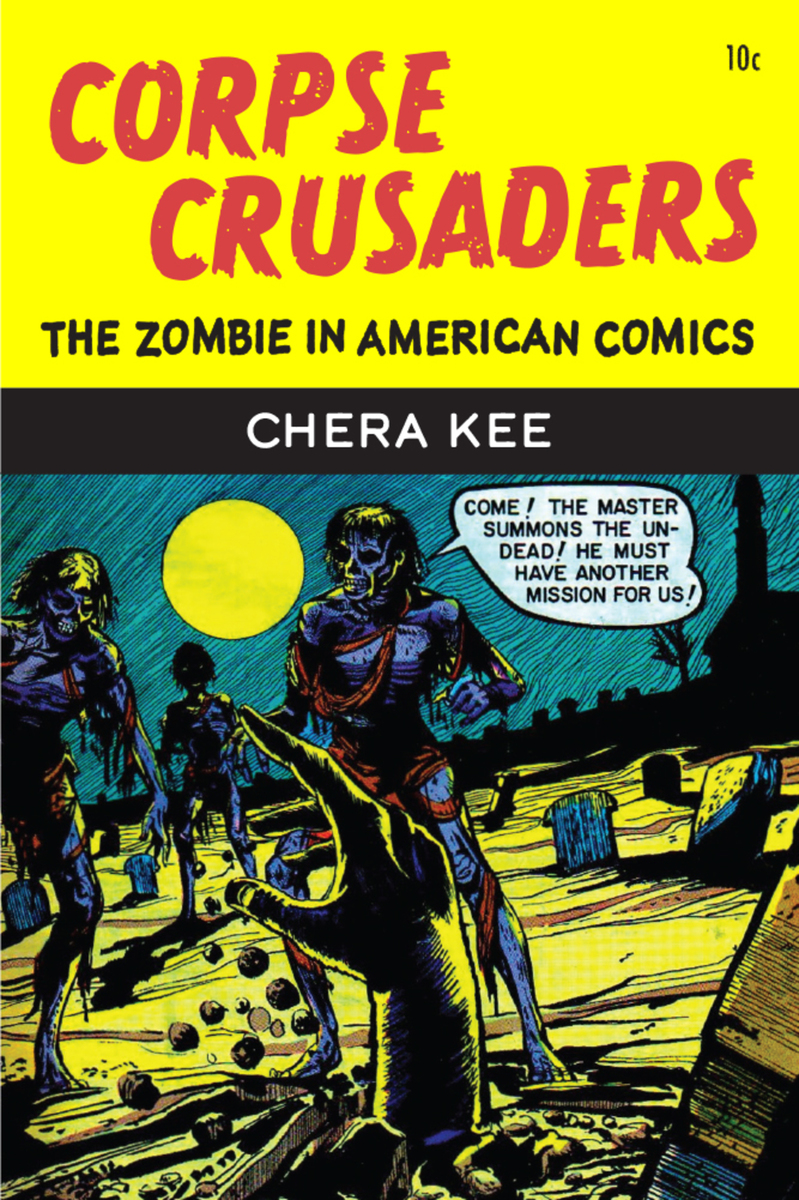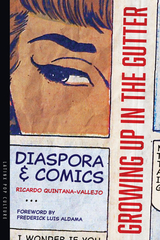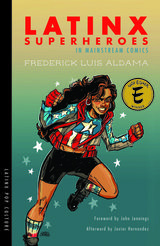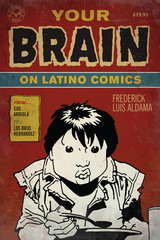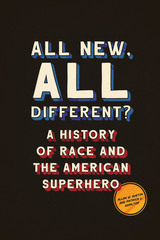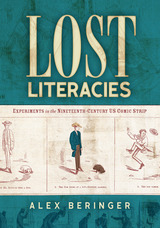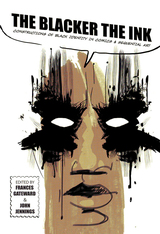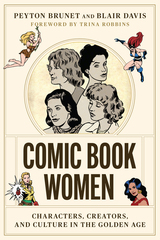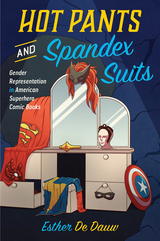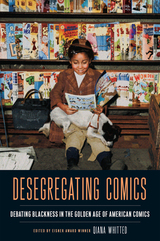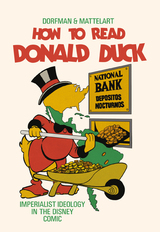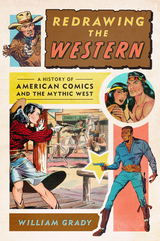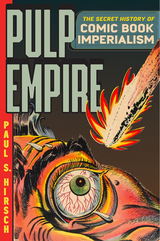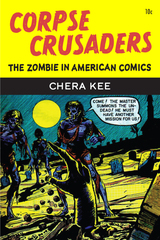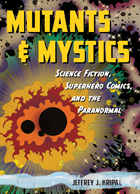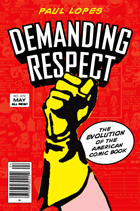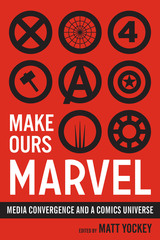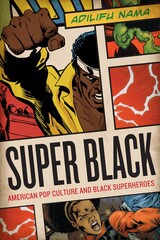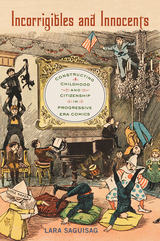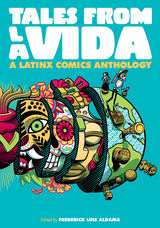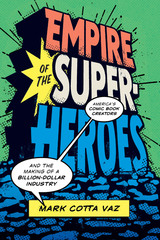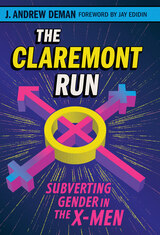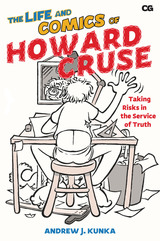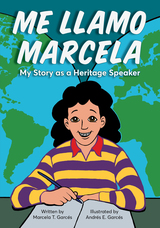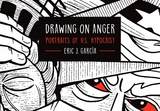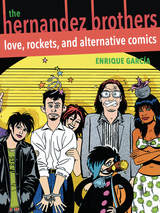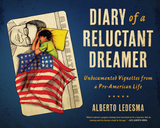Corpse Crusaders: The Zombie in American Comics
University of Michigan Press, 2024
eISBN: 978-0-472-90450-1 | Paper: 978-0-472-05685-9 | Cloth: 978-0-472-07685-7
Library of Congress Classification PN6725.K44 2024
Dewey Decimal Classification 741.5973
eISBN: 978-0-472-90450-1 | Paper: 978-0-472-05685-9 | Cloth: 978-0-472-07685-7
Library of Congress Classification PN6725.K44 2024
Dewey Decimal Classification 741.5973
ABOUT THIS BOOK | AUTHOR BIOGRAPHY | REVIEWS | TOC | REQUEST ACCESSIBLE FILE
ABOUT THIS BOOK
In the popular imagination, zombies are scary, decomposing corpses hunting down the living. But since the 1930s, there have also been other zombies shambling across the panels of comic books—zombies that aren’t quite what most people think zombies should be. There have been zombie slaves, zombie henchmen, talking zombies, beautiful zombies, and even zombie heroes.
Using archival research into Golden Age comics and extended analyses of comics from the 1940s to today, Corpse Crusaders explores the profound influence early action/adventure and superheroic generic conventions had on shaping comic book zombies. It takes the reader from the 1940s superhero, the Purple Zombie, through 1950s revenge-from-the-grave zombies, to the 1970s anti-hero, Simon Garth (“The Zombie”) and the gruesome heroes-turned-zombies of Marvel Zombies. In becoming immersed in superheroic logics early on, the zombie in comics became a figure that, unlike the traditional narrative uses of other monsters, actually served to defend the status quo. This continuing trend not only provides insight into the overwhelming influence superheroes have had on the comic book medium, but it also provides a unique opportunity to explore the ways in which zombiism and superheroism parallel each other. Corpse Crusaders explores the ways that truth, justice, and the American way have influenced the undead in comics and turned what is often a rebellious figure into one that works to save the day.
Using archival research into Golden Age comics and extended analyses of comics from the 1940s to today, Corpse Crusaders explores the profound influence early action/adventure and superheroic generic conventions had on shaping comic book zombies. It takes the reader from the 1940s superhero, the Purple Zombie, through 1950s revenge-from-the-grave zombies, to the 1970s anti-hero, Simon Garth (“The Zombie”) and the gruesome heroes-turned-zombies of Marvel Zombies. In becoming immersed in superheroic logics early on, the zombie in comics became a figure that, unlike the traditional narrative uses of other monsters, actually served to defend the status quo. This continuing trend not only provides insight into the overwhelming influence superheroes have had on the comic book medium, but it also provides a unique opportunity to explore the ways in which zombiism and superheroism parallel each other. Corpse Crusaders explores the ways that truth, justice, and the American way have influenced the undead in comics and turned what is often a rebellious figure into one that works to save the day.
See other books on: American Comics | Comic books, strips, etc | Comics & Graphic Novels | Horror | Nonfiction
See other titles from University of Michigan Press
